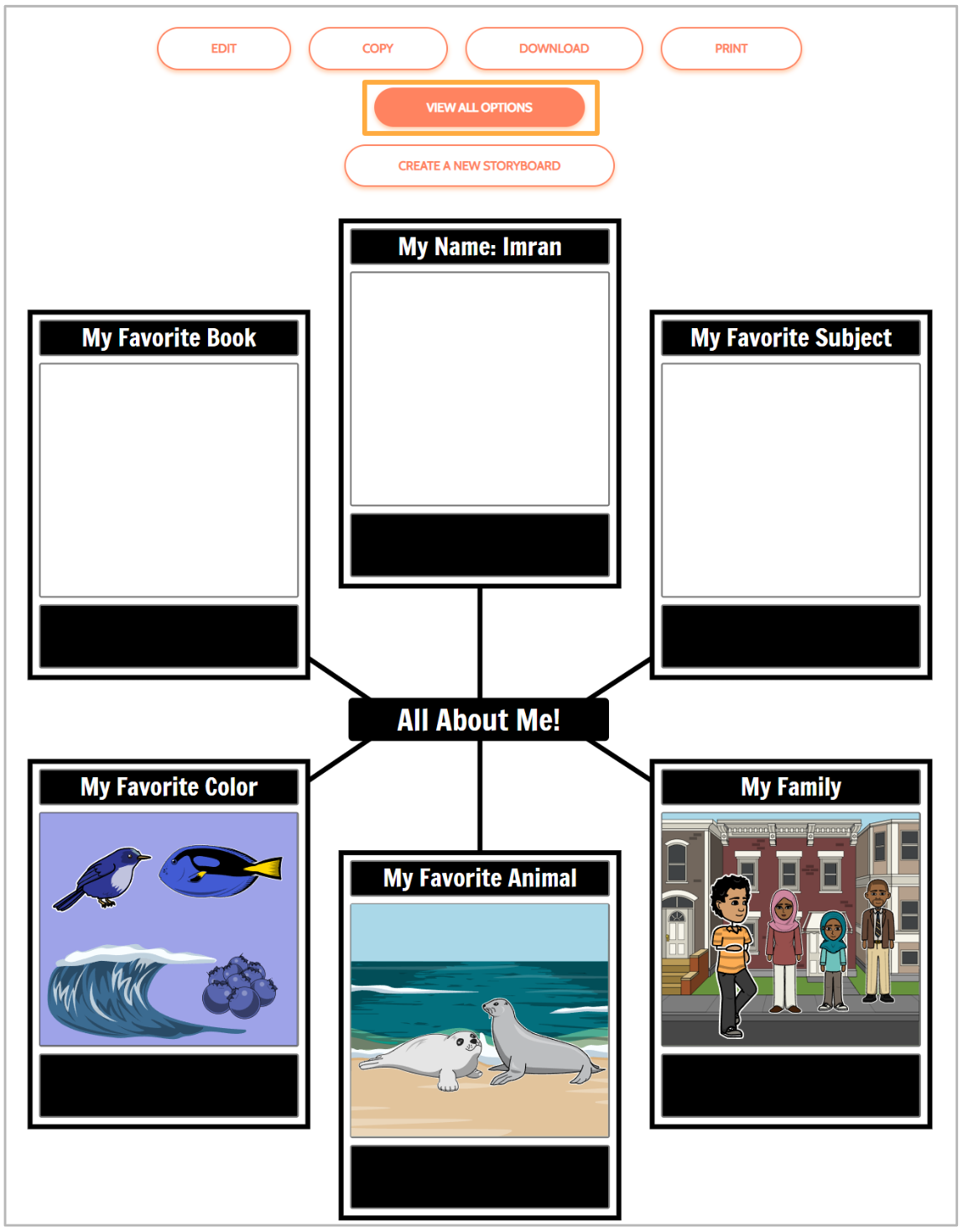
- #OW TO CHECK THE BACK HISTORY IN DBVISUALIZER ARCHIVE#
- #OW TO CHECK THE BACK HISTORY IN DBVISUALIZER SOFTWARE#
- #OW TO CHECK THE BACK HISTORY IN DBVISUALIZER DOWNLOAD#
- #OW TO CHECK THE BACK HISTORY IN DBVISUALIZER FREE#
This first query will return all of the tables in the database you are querying. To Show the TABLES and COLUMNS in the database or find TABLES and COLUMNS. We will be using a couple of the views in the information schema in order to run queries that help determine the makeup of tables in the data source. Information schema views enable applications to work correctly although significant changes have been made to the underlying system tables.” As their support documentation states, “Information schema views provide an internal, system table-independent view of the SQL Server metadata. Microsoft SQL Server provides an information schema view as one of several methods for obtaining this metadata. Querying the metadata on a data source is the easiest way to determine the makeup of a table if you don’t have an understanding of it already. This tutorial will help solve these problems. Understanding the schema and what tables are in it help to write efficient SQL and helps avoid running queries multiple times just to see if the schema name or column name is correct. If (-not (Get-Command choco.When writing queries for a database you might be new to, or one that changes often, you might want to run a quick check to find all the tables in a specific database, or the columns in the database, or to search if table or column exists.
#OW TO CHECK THE BACK HISTORY IN DBVISUALIZER ARCHIVE#
zip to the filename to handle archive cmdlet limitations # Ensure Chocolatey is installed from your internal repository # $Chocolate圜entralManagementServiceSalt = "servicesalt"

# $Chocolate圜entralManagementClientSalt = "clientsalt" Honestly its been a while, but you will generally need to know the hostname, port, and a valid username and password. # If using CCM to manage Chocolatey, add the following: $ChocolateyDownloadUrl = "$($NugetRepositoryUrl.TrimEnd('/'))/package/chocolatey.1.2.0.nupkg"
#OW TO CHECK THE BACK HISTORY IN DBVISUALIZER DOWNLOAD#
# This url should result in an immediate download when you navigate to it # $RequestArguments.Credential = $NugetRepositor圜redential # ("password" | ConvertTo-SecureString -AsPlainText -Force) # If required, add the repository access credential here $NugetRepositoryUrl = "INTERNAL REPO URL" # Should be similar to what you see when you browse Your internal repository url (the main one). # We use this variable for future REST calls. ::SecurityProtocol = ::SecurityProtocol -bor 3072

# installed (.NET 4.5 is an in-place upgrade). NET 4.0, even though they are addressable if. # Use integers because the enumeration value for TLS 1.2 won't exist # Set TLS 1.2 (3072) as that is the minimum required by various up-to-date repositories. # We initialize a few things that are needed by this script - there are no other requirements. # You need to have downloaded the Chocolatey package as well. Download Chocolatey Package and Put on Internal Repository # # repositories and types from one server installation. # are repository servers and will give you the ability to manage multiple The ALL option cleans the NUMRIDS DELETED and the NUM EMPTY LEAFS if they are determined to be committed.
#OW TO CHECK THE BACK HISTORY IN DBVISUALIZER SOFTWARE#
# Chocolatey Software recommends Nexus, Artifactory Pro, or ProGet as they The number of pseudo deleted keys in an index, except for the keys on pseudo empty pages, can be determined by running RUNSTATS and then selecting the NUMRIDS DELETED from SYSCAT.INDEXES. # generally really quick to set up and there are quite a few options. # You'll need an internal/private cloud repository you can use. Internal/Private Cloud Repository Set Up # # Here are the requirements necessary to ensure this is successful. Your use of the packages on this site means you understand they are not supported or guaranteed in any way.
#OW TO CHECK THE BACK HISTORY IN DBVISUALIZER FREE#
With any edition of Chocolatey (including the free open source edition), you can host your own packages and cache or internalize existing community packages.

Packages offered here are subject to distribution rights, which means they may need to reach out further to the internet to the official locations to download files at runtime.įortunately, distribution rights do not apply for internal use. If you are an organization using Chocolatey, we want your experience to be fully reliable.ĭue to the nature of this publicly offered repository, reliability cannot be guaranteed.


 0 kommentar(er)
0 kommentar(er)
